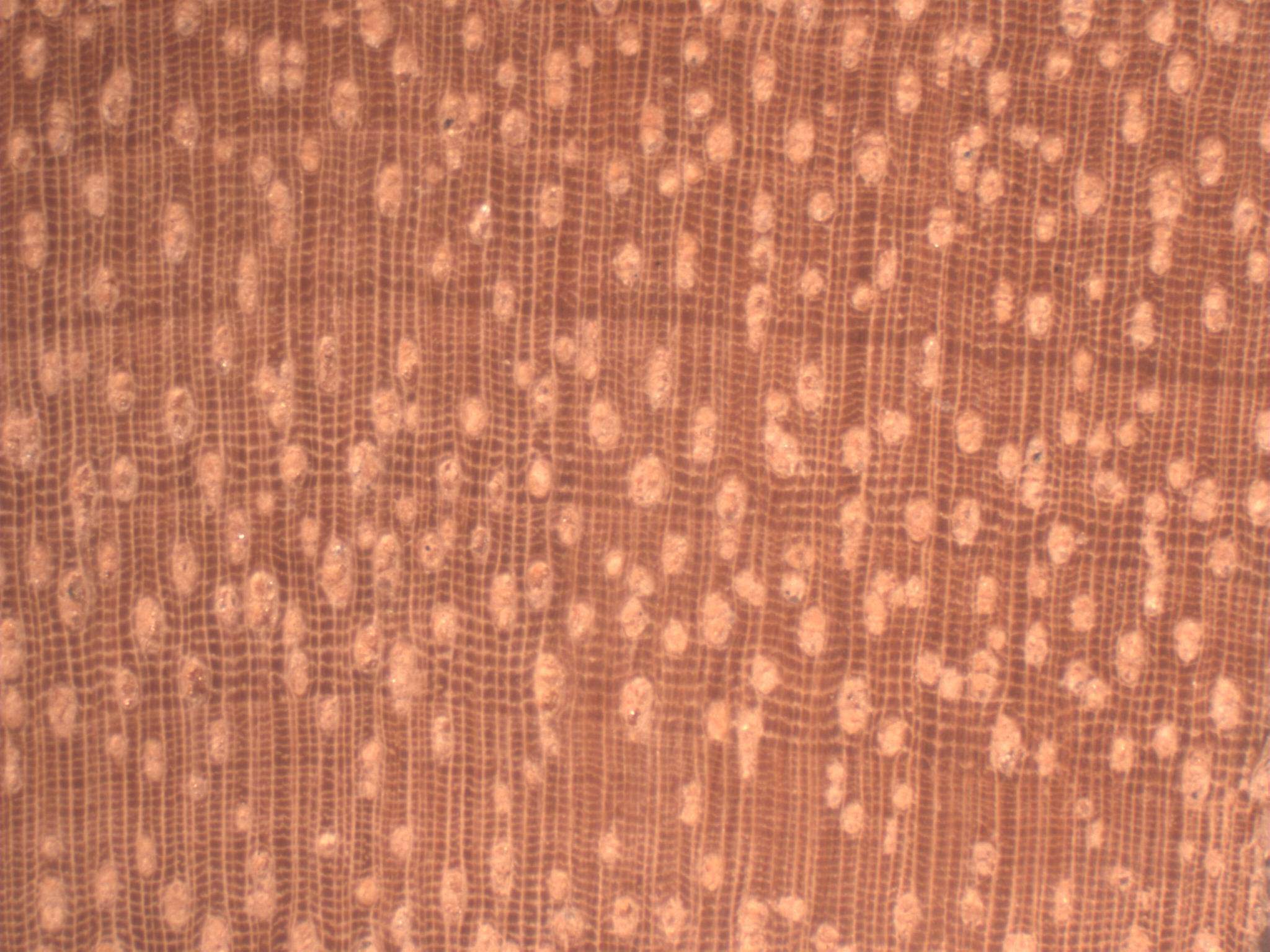SAPUCAIA / SAPUCAIA VERMELHA
Scientific Name: Lecythis pisonis subsp. usitata
Family: Lecythidaceae
Collection location: Curuá-Una-PA
Common Names: Árvore-de-cambuca, Árvore-de-macaco, Caçamba-do-mato, Cambuca-de-macaco, Castanha-sapucaia, Castanharana, Chapéu-de-sol, Cuia-de-macaco, Cumbuca-de-macaco, Embira-de-jacuíba, Embiratã, Fruta-de-macaco, Jaçapucã, Jaçapucaia, Jaçapucari, Jecuibá, Jequitibá, Juquetibá, Marmita-de-macaco, Pau-carga, Pau-d'arco-branco, Pau-de-caixão, Quetelê, Ruchuchu, Sapucaí, Sapucaia, Sapucaia-branca, Sapucaia-de-castanha, Sapucaia-de-pilão, Sapucaia-do-amazonas, Sapucaia-grande, Sapucaia-verdadeira, Sapucaia-vermelha, Sapucaiaçu, Sapucarana
Tree: Commercial height: 9.50m; Diameter ( DBH): 73.4cm; Trunk: straight.
General Characteristics: Heartwood/sapwood: distinct; Thickness of sapwood: 2.0cm to 12.0cm; Heartwood color: yellowish red (5YR 5/6); Sapwood color: yellow (2.5Y 8/6) with dark stains; Growth rings: slightly distinct; Grain: crossed slightly interlocked; Texture: medium; Tangential figure: caused by prominent vascular lines; Radial figure: caused by slightly prominent vascular lines and presence of axial canals, giving the wood a damaged appearance, and at times with stains; Luster: lacking; Odor: indistinct; Resistance to manual cross-cutting: hard.
Preservation: The sapwood is difficult to preserve with CCA (water-borne). The heartwood in untreatable with creosote (oil-borne) or CCA.
Kiln drying: Rapid (7.0 days) with pronounced checking and slight tendency to pronounced warping Schedule used: SEVERE.
End-uses: Heavy construction, light construction, boats, furniture and interior trim, toys, and musical instruments.
Workability:
| Test | Planing | Sanding | Turning | Boring | |
| Number of samples | 16 | 16 | 13 | 10 | |
| Processing | Fair | Fair | Easy | Fair | |
| Finishing | Bad | Good | Fair | Good | |
| Surface | Torn | Fuzzy | Fuzzy and torn | Torn and crushed |
Workability - Type of Action
| Results | Planer | Sandpaper | Vise | Drill | Nail crack |
|---|---|---|---|---|---|
| Surface Finishing | Good | Good | Excellent | Good | - |
Treatability of Wood
| Heartwood | Sapwood |
|---|---|
| Hard | Moderately easy |
Kiln drying: 7.00
Physical properties
| Density (g/cm³) | Shrinkage (%) | Shrinkage Tangential/ Shrinkage Radial | |||||
|---|---|---|---|---|---|---|---|
| Dry | Green | Basic | Aparente | Tangential | Radial | Volumetric | |
| 0.98 | 1.25 | 0.84 | 8.00 | 5.60 | 13.90 | 1.43 | |
Mechanical properties
| Condition | Static bending (kgf/cm²) | Compression (kgf/cm²) | Janka hardness (kgf) | |||
|---|---|---|---|---|---|---|
| Modulus of rupture | Modulus of elasticity (x 1.000) | Parallel to grain | Perpendicular to the grain | Parallel to grain | End to the grain | |
| Maximum compression | Stress at proportional limit | |||||
| Green | 1141.00 | 147.00 | 546.00 | 119.00 | 916.00 | 1096.00 |
| Dry | 1529.00 | 151.00 | 716.00 | 152.00 | 1325.00 | 1284.00 |
| Condition | Static bending (MPa) | Compression (MPa) | Janka hardness (N) | |||
|---|---|---|---|---|---|---|
| Modulus of rupture | Modulus of elasticity (x1000) | Parallel to grain | Perpendicular to the grain | Parallel to grain | Transversal às Fibras | |
| Maximum compression | Stress at proportional limit P.L.* | |||||
| Green | 111.89 | 14.42 | 53.54 | 11.67 | 8982.91 | 10748.12 |
| Dry | 149.94 | 14.81 | 70.22 | 14.91 | 12993.84 | 12591.77 |
P.L. = Proportional Limit
| Condition | Tension (kgf/cm²) | Cleavage strenght (kgf/cm) | Shear parallel to grain (kgf/cm²) | Nail extraction (kgf) | |
|---|---|---|---|---|---|
| Perpendicular to the grain | Maximum compression | Maximum compression | Parallel to grain | End to the grain | |
| Maximum compression | |||||
| Green | 53.00 | 67.00 | 149.00 | ||
| Dry | 43.00 | 59.00 | 175.00 | ||
| Condition | Tension (MPa) | Cleavage strenght (N/cm) | Shear parallel to grain (MPa) | Nail extraction (N) | |
|---|---|---|---|---|---|
| Perpendicular to Fibers | Maximum compression | Maximum compression | Parallel to grain | Transversal às Fibras | |
| Maximum compression | |||||
| Green | 5.20 | 657.05 | 14.61 | ||
| Dry | 4.22 | 578.59 | 17.16 | ||
Heartwood Color Classification: Red





